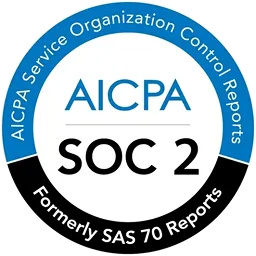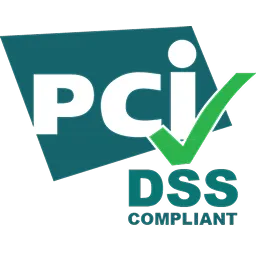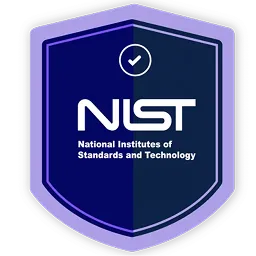Managing support tickets effectively is crucial for IT managers to ensure smooth operations and high-quality service. This guide explains the benefits and different stages of ticket statuses, from submission to resolution.
As an IT manager, one of the most challenging aspects of your job is managing the flood of support tickets. These tickets come in from all directions, each with its own urgency and requirements. Keeping track of their statuses can feel like an endless game of catch-up, often leading to missed deadlines, frustrated users, and overwhelmed IT teams.
Moreover, when ticket statuses aren't clear or properly managed, it causes confusion and delays. Your team might waste time trying to figure out the current state of a ticket or inadvertently neglect urgent issues. This hampers productivity and affects the quality of support your department provides.
This guide is designed to help you navigate the complexities of ticket statuses. We'll break down the various stages a ticket can go through, from initial submission to resolution, and provide you with best practices for managing these statuses effectively.
Let’s know more about ticket statuses.
Definition of Ticket Status
A ticket status refers to the current state or condition of a support request or issue that users have raised. Think of it as a tracking system, allowing you to monitor the progress of each task or problem that needs attention within your IT infrastructure.
When users encounter a problem, they typically submit a ticket detailing their issue. This could be anything from software access to an access upgrade. Once the ticket is logged into the system, it enters a workflow where its status is continuously updated to reflect its progress toward resolution.
The different ticket statuses serve as indicators of where the issue stands in the resolution process. Common statuses include:
- \"Open,\" indicating that the ticket has been logged but hasn't been assigned or addressed yet
- \"In Progress,\" signaling that someone is actively working on resolving the issue
- \"On Hold,\" which means there's a temporary pause in addressing the problem, often due to waiting for additional information or resources
- \"Closed,\" indicating that the issue has been successfully resolved to the satisfaction of the user.
Monitoring ticket statuses is crucial to ensuring timely issue resolution and efficient resource allocation. By keeping track of each ticket's status, you can identify bottlenecks, allocate resources effectively, and maintain high user satisfaction.
Benefits of Having Ticket Status
.webp)
Here are the key benefits of the ticket statuses:
- Clear Visibility and Organization: Ticket statuses provide a clear overview of the progress of each task or issue. From \"Open\" to \"In Progress\" and \"Resolved,\" each status signifies a specific stage in the resolution process. This organization ensures that no task falls through the cracks and allows your team to prioritize effectively.
- Efficient Workflow Management: You can create a structured workflow by assigning different statuses to tickets. Tickets move through predefined stages, guiding technicians on what needs to be done next. This reduces confusion and ensures that tasks are completed systematically, improving productivity.
- Enhanced Communication: Ticket statuses serve as a communication tool between your team and stakeholders. When a ticket's status changes, it indicates progress or resolution, keeping everyone informed. This transparency fosters trust and confidence in your department's ability to address issues promptly.
- Real-Time Monitoring and Reporting: With ticket statuses, you gain real-time insights into the status of ongoing tasks. They can track the lifecycle of each ticket, monitor response times, and identify bottlenecks. This data-driven approach enables informed decision-making and facilitates continuous improvement.
- Improved SLA Compliance: Service Level Agreements (SLAs) are crucial in ensuring timely resolution of issues. Ticket statuses help you adhere to SLA commitments by providing visibility into response and resolution times. By monitoring ticket statuses, IT departments can meet or even exceed service level expectations, thereby enhancing customer satisfaction.
- Proactive Issue Resolution: You can identify recurring issues or trends by analyzing ticket statuses over time. This proactive approach allows you to implement preventive measures and address underlying problems before they escalate. As a result, downtime is minimized, and IT resources are utilized more efficiently.
- Streamlined Auditing and Accountability: Ticket statuses provide a trail of actions taken on each ticket, facilitating auditing and accountability. Your team can easily track who is responsible for each task and when it was completed. This accountability ensures that your team members are held accountable for their actions, fostering a culture of responsibility within your department.
Types of Ticket Statuses

Now, let’s discuss the various ticket statuses in detail.
1. New/Open
When a user or system reports an issue or requests assistance, the ticket status is initially set to \"New\" or \"Open.\" This status indicates that the ticket has been created but has not yet been assigned to a specific team member or technician for resolution. It's essentially the starting point in the ticket lifecycle, signaling that attention is required.
For instance, when an employee requests access to a new application, their ticket is initially marked as \"New/Open\" until someone from your team takes ownership.
2. Assigned/Staged
Once a ticket is reviewed by your team, it's assigned or staged to a specific individual or team responsible for addressing the reported issue.
This status change ensures accountability and streamlines the workflow by allocating tasks to the appropriate personnel. Assigned/staged status marks the transition from acknowledgment to action, indicating that the ticket is now in capable hands.
For example, after receiving the access request ticket, an IT admin assigns it to themselves to review the user's permissions and determine the appropriate course of action.
3. In-progress
When the assigned technician or team begins working on a ticket, its status is updated to \"In-progress.\" This indicates active engagement with the reported problem or request.
During this phase, technicians may troubleshoot, investigate, or implement solutions to resolve the issue efficiently. In-progress status reflects ongoing efforts towards issue resolution and signifies that work is underway to address the reported concern.
For example, if the access request involves configuring permissions in an Active Directory, the ticket status would be \"In-progress\" while the technician makes the necessary changes.
4. In Review
After completing the necessary actions to resolve an issue, the ticket may enter the \"In Review\" status. This phase involves a thorough evaluation of the implemented solution or the progress made towards resolving the reported matter.
Your team or designated reviewers assess whether the proposed resolution meets quality standards and effectively addresses the reported issue. In Review status ensures that solutions undergo scrutiny before final closure, promoting accuracy and effectiveness in problem resolution.
For instance, if the access request involves granting elevated privileges, a security analyst would review the changes before final approval.
5. Remediate
Depending on the outcome of the review process, the ticket may proceed to the \"Remediate\" status. Here, the effectiveness of the solution is determined. If the solution is deemed satisfactory, the ticket is marked as \"Accepted,\" indicating successful resolution.
However, if further adjustments are required, the ticket may be tagged as \"Modified,\" prompting additional actions to refine the solution. In cases where the proposed solution proves inadequate, the ticket is labeled as \"Rejected,\" signaling the need for alternative approaches. Remediate status ensures that issues are appropriately addressed and resolved to meet user expectations and operational requirements.
For example, if the reviewer accepts the configured access permissions, the ticket is marked as \"Remediate (Accepted)\" and proceeds to closure.
6. Closed
When a ticket is marked as \"Closed,\" it signifies that the reported issue or request has been successfully addressed. This brings a sense of closure to both the user and the IT support team.
However, there are two primary scenarios associated with the “Closed” ticket status. Let’s discuss them in detail.
Scenario 1: This scenario involves successfully resolving an issue or completing a request. For instance, let's consider an access request submitted by an employee needing permission to access a specific software tool essential for their tasks.
Upon receiving the request, the IT support team verifies the user's credentials, assesses the access requirements, and promptly grants the necessary permissions. Once the access is successfully granted, the ticket is marked as \"Closed,\" indicating that the request has been fulfilled to the user's satisfaction.
Scenario 2: In this scenario, a ticket might be closed for various reasons, such as duplicate submissions, the inability to reproduce the reported issue, or a resolution deemed impossible. For example, imagine an employee submitting a ticket reporting difficulties accessing privileged data.
After thorough investigation, your team discovers that the access requested does not align with the employee’s role. In such cases, the access is rejected and the ticket is closed with an explanation provided to the user, outlining the reasons for closure.
Streamline Your Ticket Status Management with An Automated Tool
Managing ticket status manually can be daunting for your team and users alike. The constant inflow of tickets, requiring individual attention, can quickly become overwhelming. Tracking the status of these tickets and ensuring they are assigned, updated, and resolved in a timely manner adds to the complexity. The potential for human error increases with every manual update, leading to delays and frustrations for all involved.
However, by leveraging automated ticket management/access request management tools, your team can streamline the ticket status management process from start to finish. Automated workflows can handle ticket assignments, updates, escalations, and closures with precision and efficiency, freeing up valuable time and resources for more strategic tasks. With automation, the risk of errors is significantly reduced, ensuring that tickets are handled consistently and promptly.
Now, imagine a world where you can eliminate ticket management altogether. That's where Zluri's app catalog and access request solution comes into play. With Zluri, you can eliminate the hassle of ticketing systems. Zluri centralized access requests, allowing users to submit requests directly through Slack. From there, automated workflows take over, routing requests to the appropriate approvers and tracking the status every step of the way.
In overall, by harnessing the power of automation, you can enhance efficiency, improve user satisfaction, and ultimately drive growth.






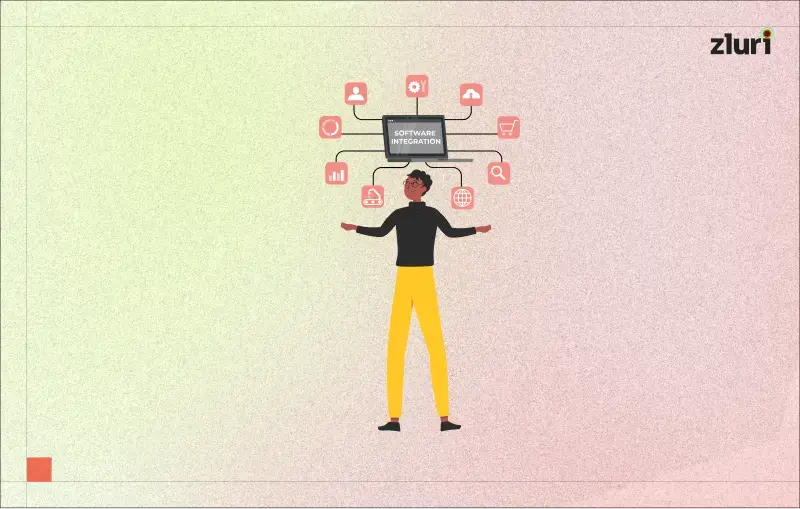

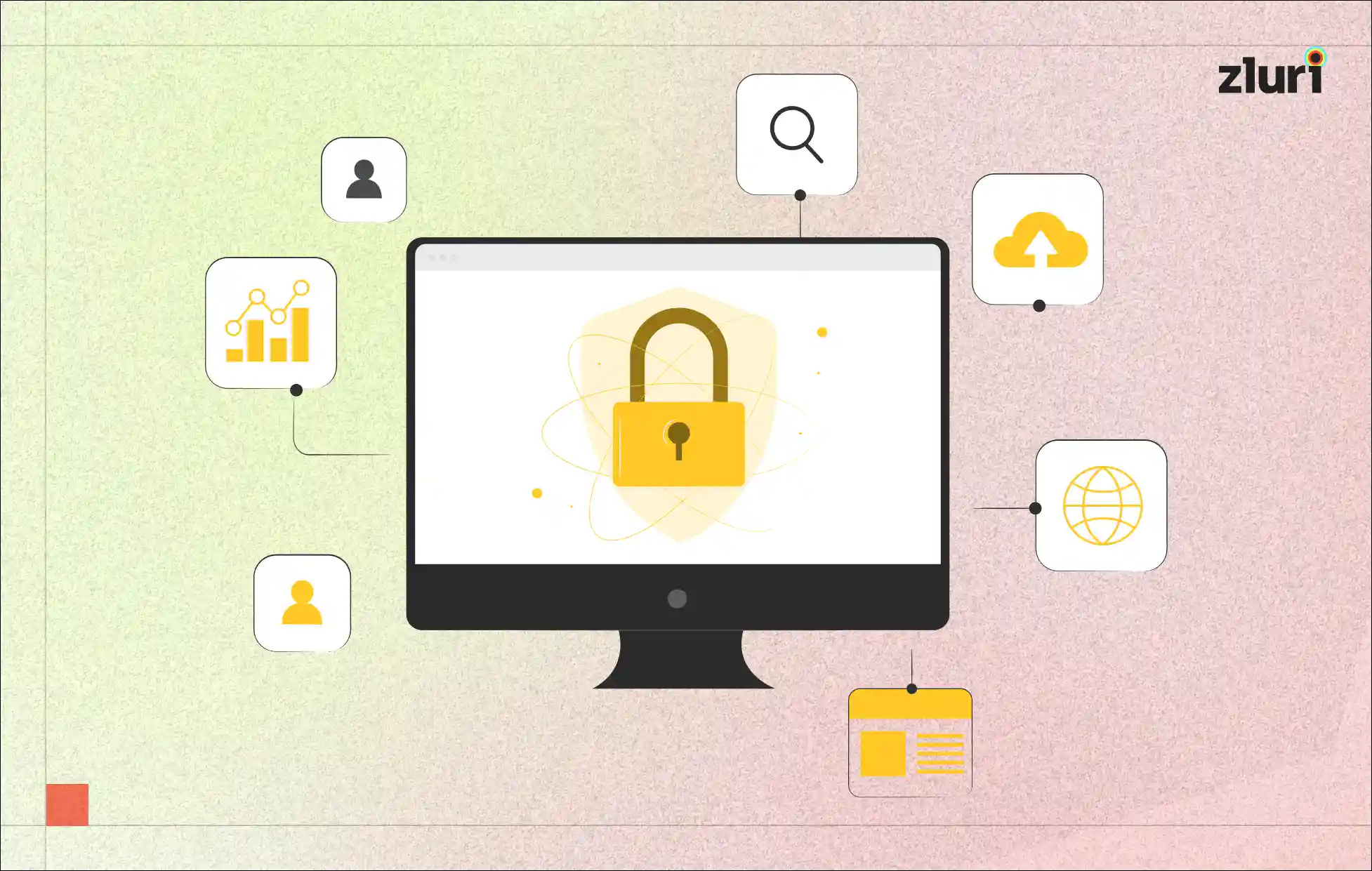
.svg)



